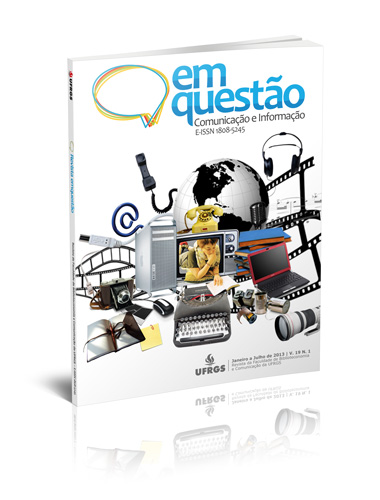Production in multidisciplinary area: distance education in Brasil
Keywords:
Distance education. Scientific production. Dissemination vehicle.Abstract
Research that identified the scientific community responsible for the scientific production in Distance Education in Brazil by CNPq Lattes platform. The research undertaken is exploratory-descriptive study, document and quantitative and qualitative approach involving survey, analysis and content classification, tabulation and interpretation of data. The research development was through the compilation of information provided by researchers across the curriculum insert Platform Lates CNPq. For data collection we developed a database in Access format that provided fields so they could build the profile of academic researchers, analyzing the construction of the scientific community and identify the main channels of dissemination of scientific production. The corpus consisted of researchers registered in CNPq's Lattes Platform, doctors working in public universities and scholars in productivity that had scientific related to distance education between 1998 and 2008. The main vehicle for disseminating scientific information in the area are the conference proceedings (64%) and periodicals publications (23%). It concludes that distance education is a multidisciplinary area, not yet consolidated.Downloads
Downloads
Published
How to Cite
Issue
Section
License
Copyright (c) 2013 Fernanda Schweitzer, Rosangela Schwarz Rodrigues

This work is licensed under a Creative Commons Attribution 4.0 International License.
Authors who publish with this journal agree to the following terms:
Authors will keep their copyright and grant the journal with the right of first publication, the work licensed under License Creative Commons Attribution (CC BY 4.0), which allows for the sharing of work and the recognition of authorship.
Authors can take on additional contracts separately for non-exclusive distribution of the version of the work published in this journal, such as publishing in an institutional repository, acknowledging its initial publication in this journal.
The articles are open access and free. In accordance with the license, you must give appropriate credit, provide a link to the license, and indicate if changes were made. You may not apply legal terms or technological measures that legally restrict others from doing anything the license permits.









